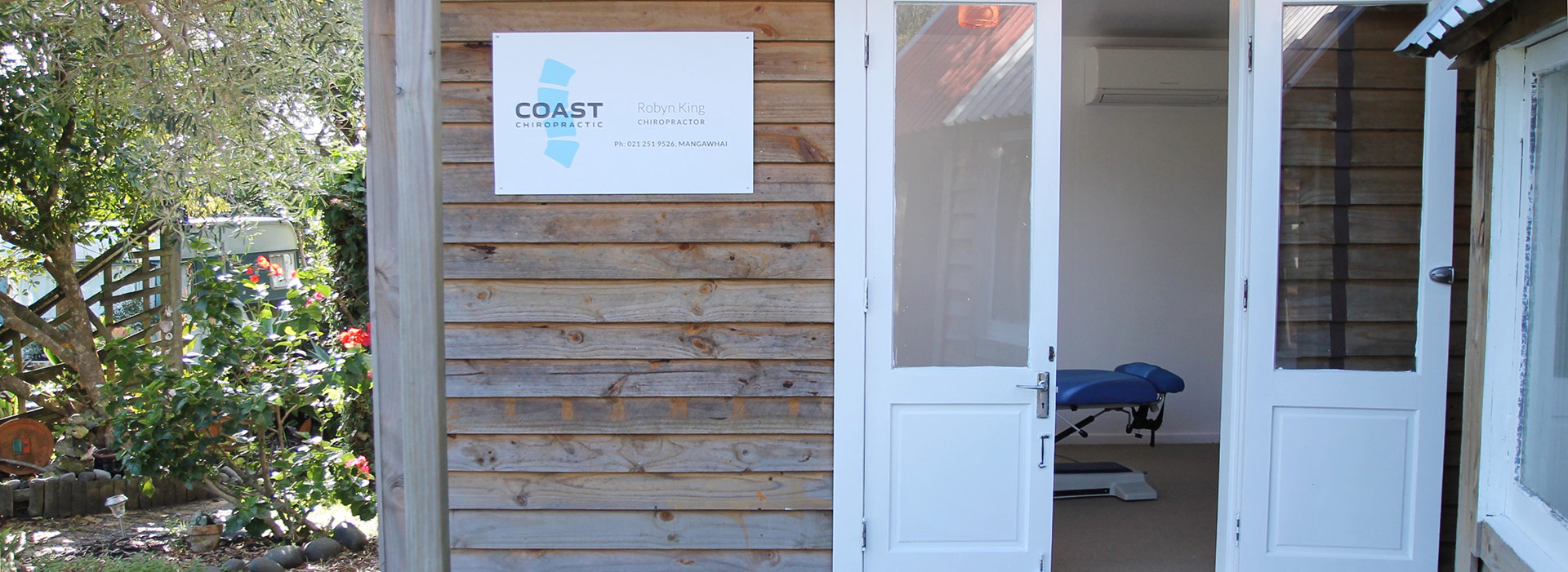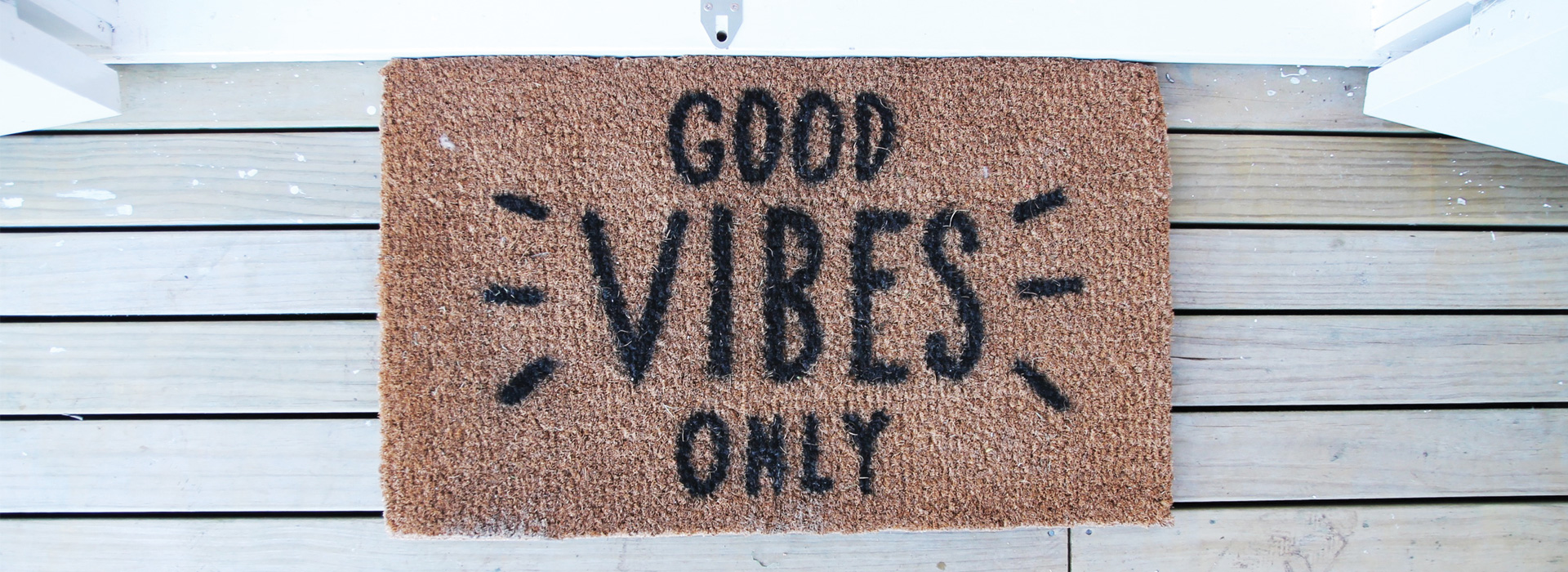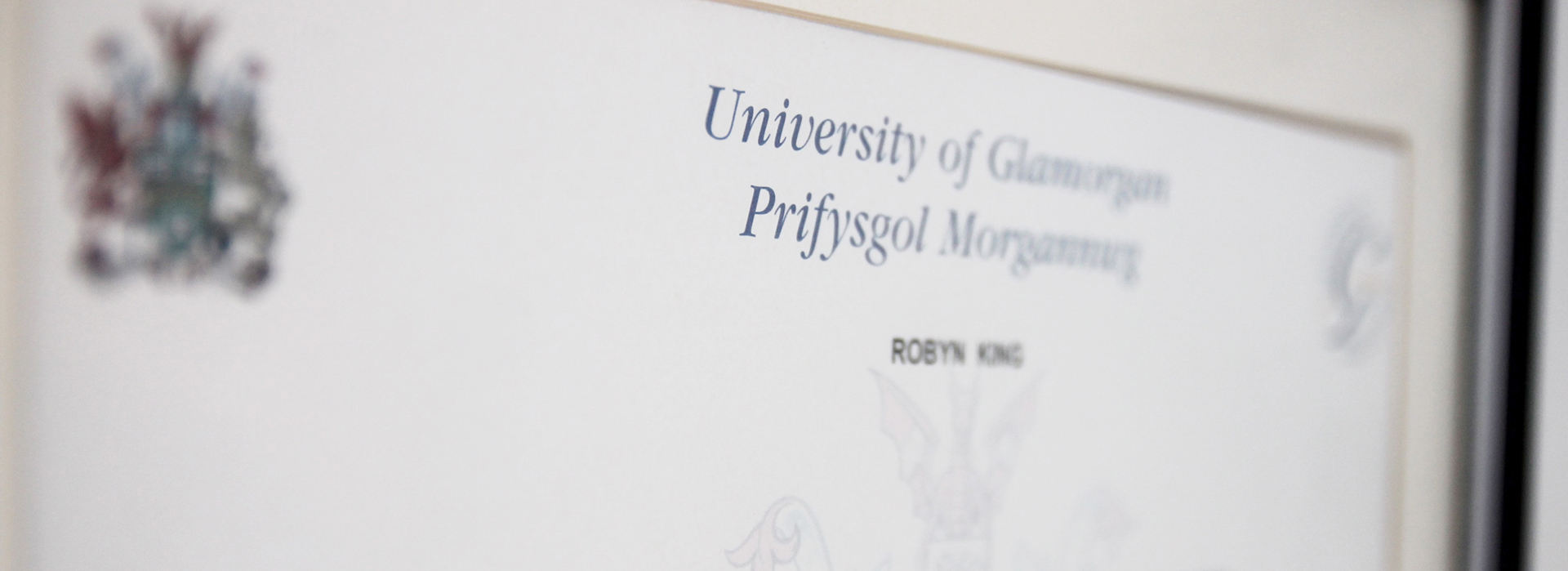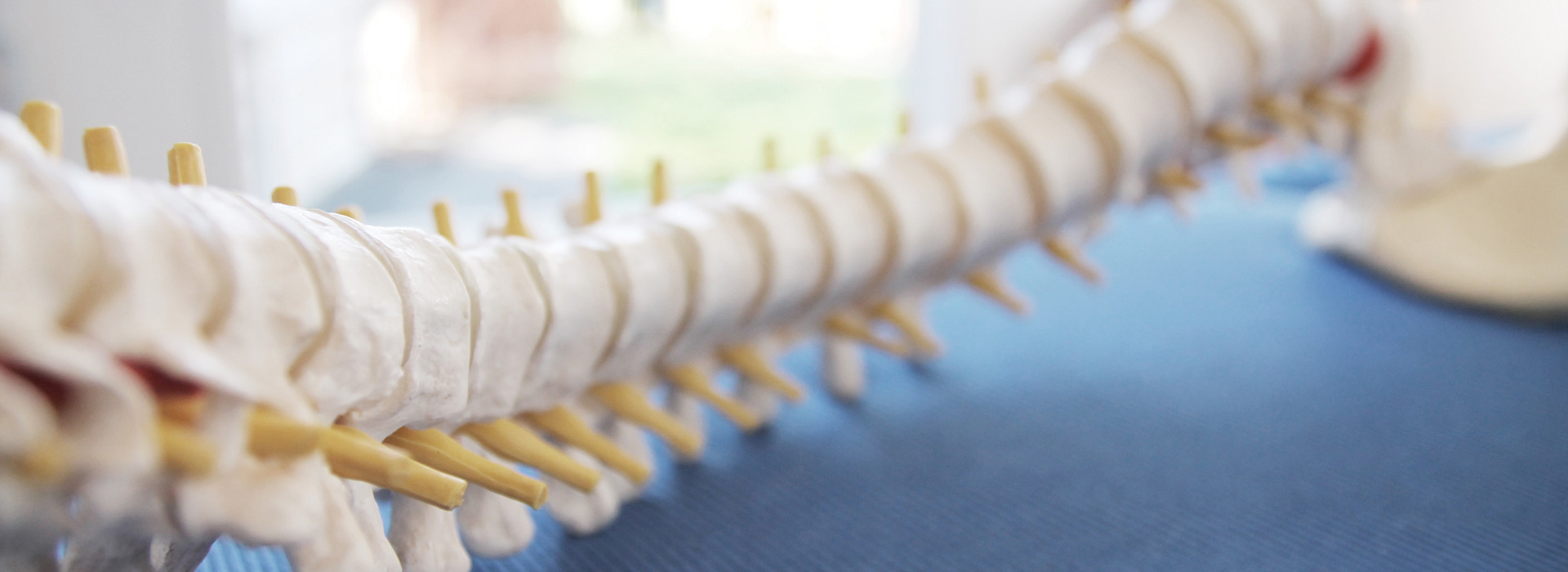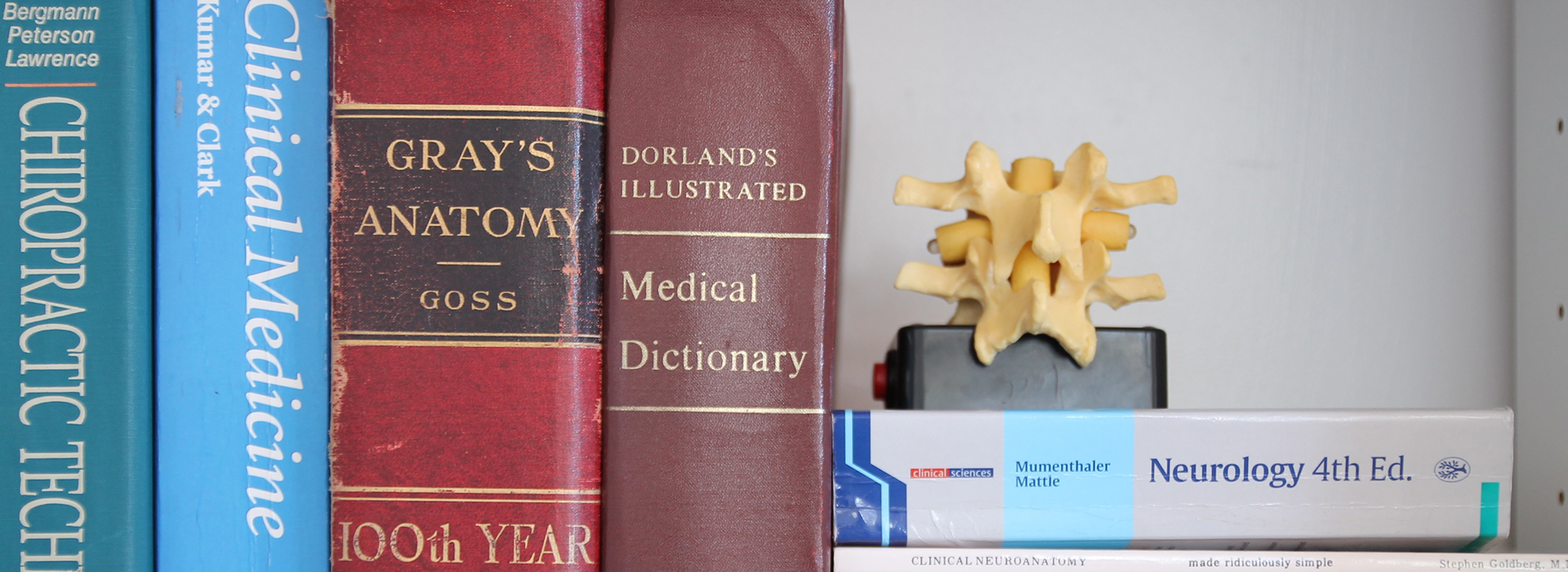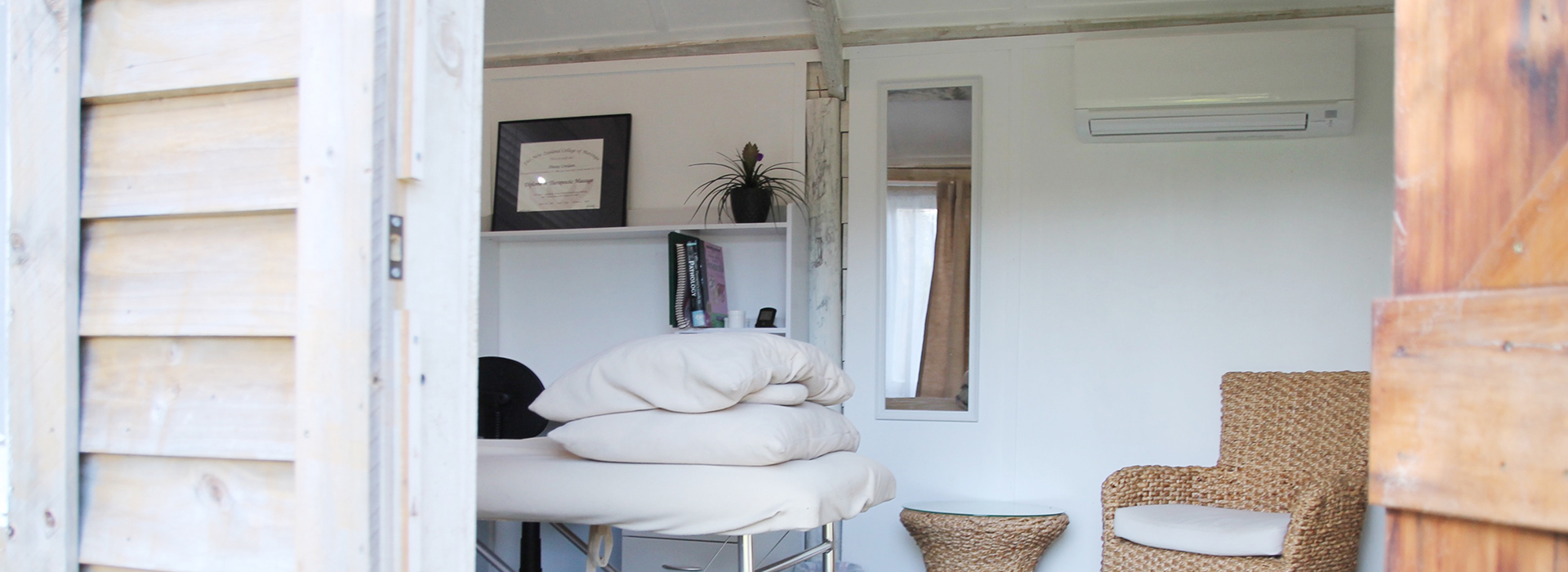At Coast Chiropractic, we provide the following techniques:
- Diversified
- Thompson technique
- Activator technique
- Rehabilitation exercises
- Soft tissue release techniques including Trigger Point Therapy and Active Release
- Flexion-distraction therapy
Diversified:
After identifying which vertebrae have restricted movement/position, a specific manual adjustment/thrust is applied to retain normal movement in the joint.
During the adjustment the thrust may produce a slight ‘popping’ sound from the shifting of gas/fluids in the joint.
Thompson Technique:
Thompson technique is a system of analysis and a special table that reduces the amount of energy needed to adjust your spine. Patients notice the segmental ‘drop’ table. Individual ‘drop pieces’ are located along the table surface and support each area of your spine until the thrust is delivered. Each drop piece gently gives way, reducing the amount of energy needed to move a specific spinal segment.
Activator Methods:
This is a system of spinal evaluation combined with a handheld adjusting instrument that delivers a consistent, low-force thrust. At Coast Chiropractic we have the Activator 5, the latest model in activator methods. It is a cordless electronic chiropractic adjustment instrument producing an electronic thrust of pressure at the touch of a button.
Flexion-Distraction, (F/D) is a gentle, chiropractic treatment procedure utilised for back and neck pain.
Flexion-Distraction is a safe alternative to back surgery for those 95% of patients whose conditions do not demand surgical intervention. The doctor is in control of the treatment movements at all times.
Flexion-Distraction is utilised for many conditions such as:
- Failed Back surgical Syndromes
- Disc Herniation/Ruptured Disc / Bulging Disc / Herniated Disc
- Sciatica / Leg pain
- Whiplash injuries
- Stenosis
- Arm Pain
- Neck Pain
- Failed course of Steroid Injections
- Chemical Radiculitis
- Spondylolisthesis
- Headache
- Transitional segment
- and many more conditions….
For Non-Disc related conditions:
Patients with other conditions causing back pain (facet syndrome, spondylolisthesis, sprain/strain, scoliosis, transitional vertebra, sacroiliac restrictions and misalignment, certain types of spinal stenosis). Flexion/Distraction provides all of the above benefits plus the ability to place the spinal joints into normal, painless movements so as to restore spinal motion without pain:
- The posterior disc space increases in height.
- F/D decreases disc protrusion and reduces stenosis.
- Flexion stretches the ligamentum flavum to reduce stenosis.
- Flexion opens the vertebral canal by 2 mm (16%) or 3.5 to 6mm more than extension.
- Flexion increases metabolite transport into the disc.
- Flexion opens the apophyseal joints and reduces posterior disc stress
- The nucleus pulposus does not move on flexion. Intradiscal pressure drops under distraction to below 100mm Hg. On extension the nucleus or annulus is seen to protrude posterior into the vertebral canal.
For Disc related conditions:
- Increases the intervertebral disc height to remove annular tension on the annular fibers and nerve by making more room and improving circulation.
- Allows the nucleus pulposus, the centre of the disc, to assume its central position within the annular fibers and relieves irritation of the spinal nerve.
- Restores vertebral joints to their physiological relationships of motion.
- Improves posture and locomotion while relieving pain, improving body functions, and creating a state of well-being.


